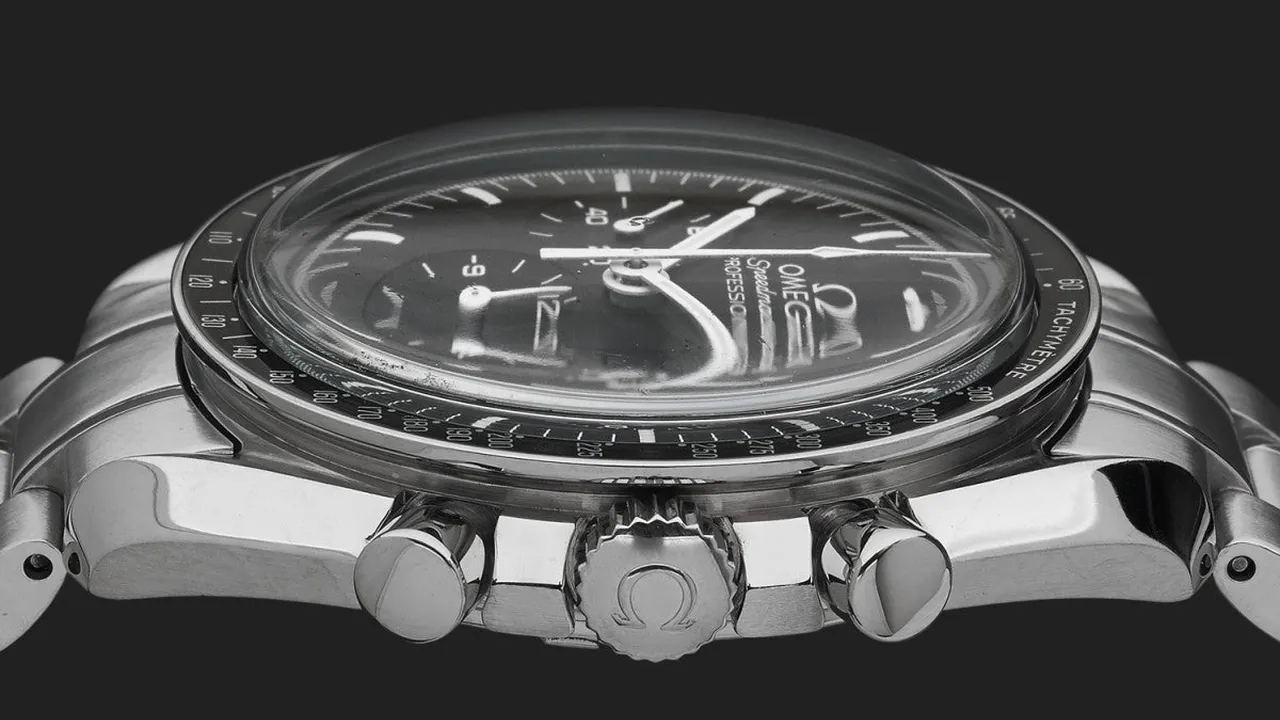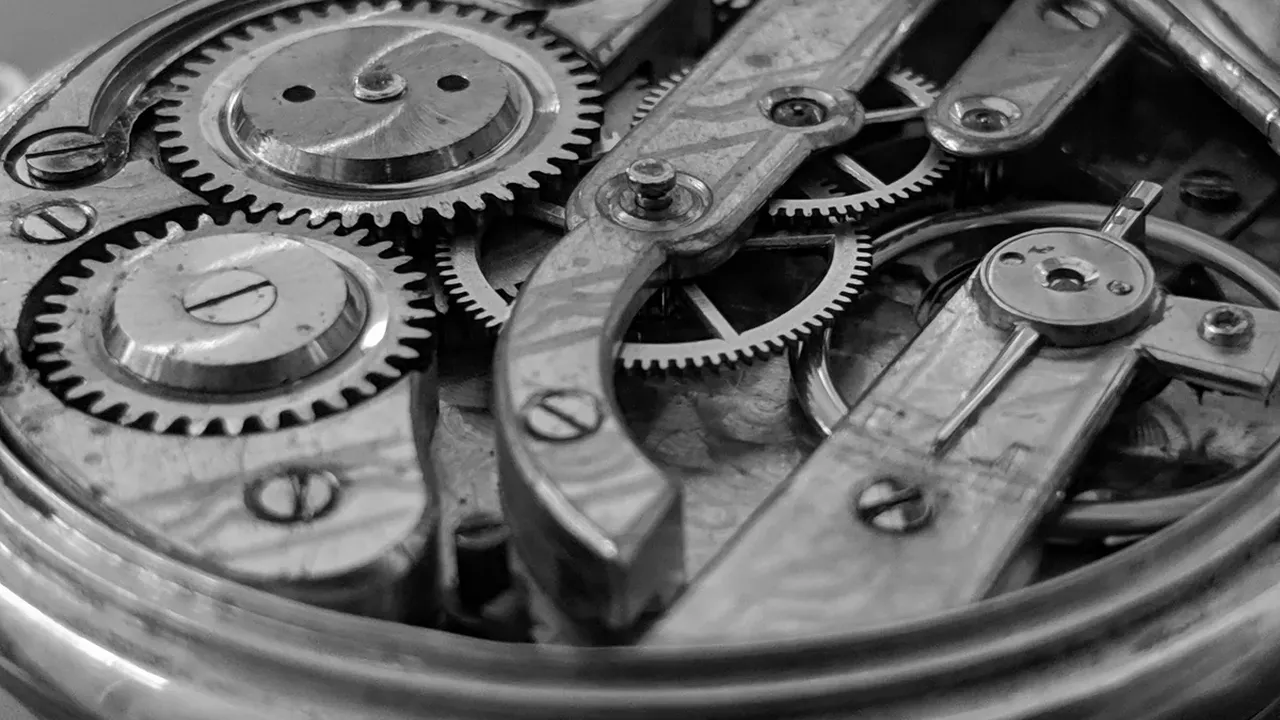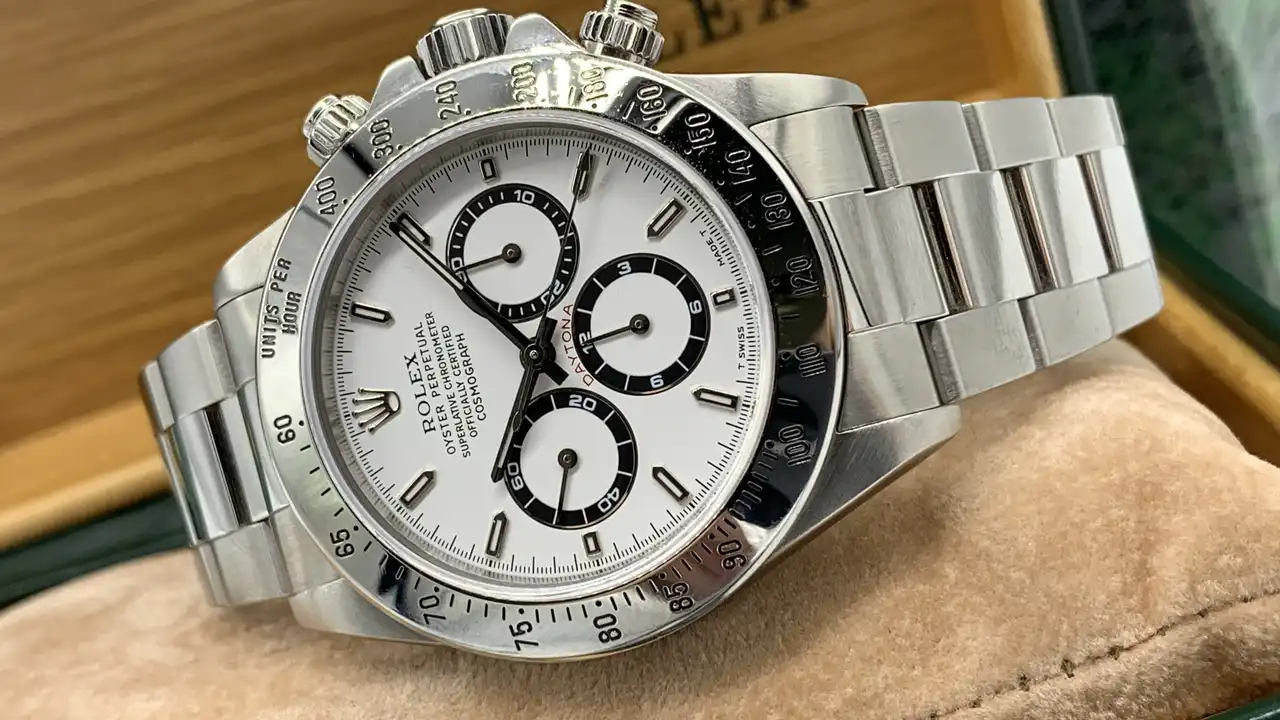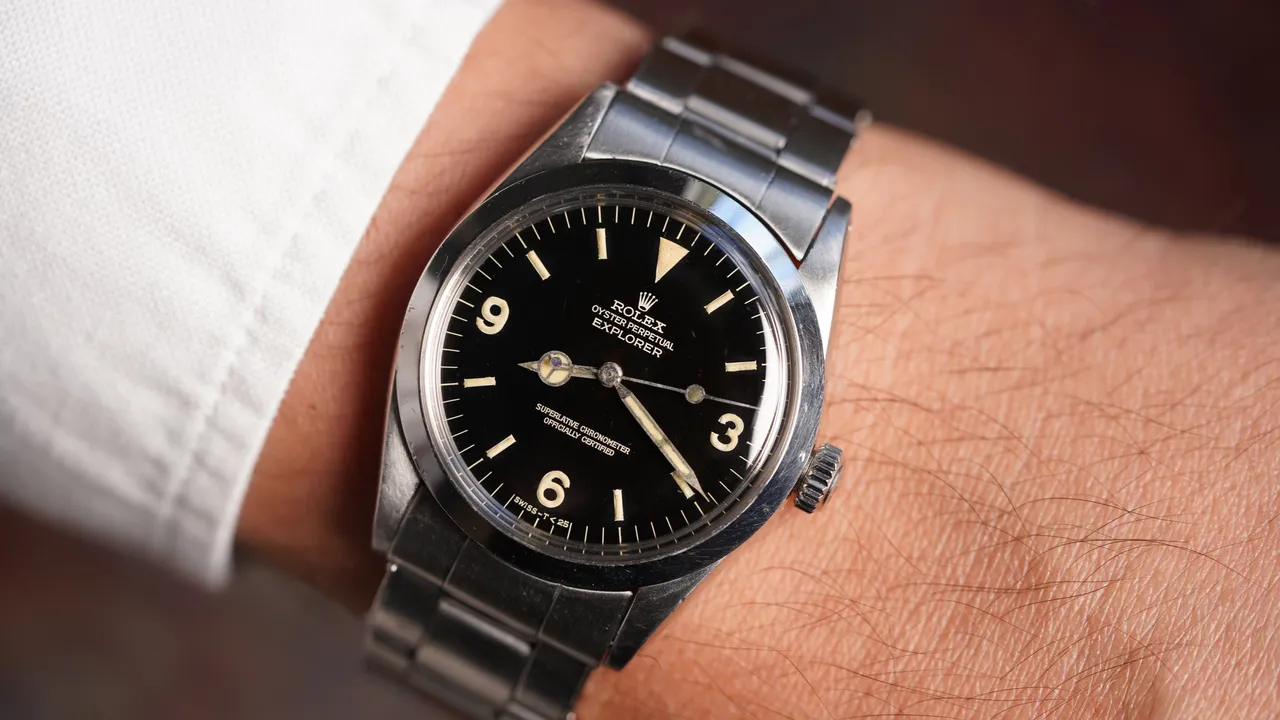Polishing vs
Understand the difference between polishing and refinishing vintage watch cases. Choose the right approach to preserve the original integrity and value.

Understanding the Dilemma Polishing vs Refinishing for Vintage Watches
So, you've got a beautiful vintage watch – maybe a classic Rolex Submariner or a stunning Omega Seamaster. The case, however, is showing its age. Scratches, dings, and general wear and tear are taking away from its original luster. Now you're faced with a crucial decision: should you polish it or refinish it? This isn't just a cosmetic choice; it's a decision that can significantly impact the watch's value and historical integrity.
Polishing and refinishing are both methods used to improve the appearance of a watch case. However, they achieve this in different ways, and understanding these differences is paramount.
What is Polishing A Gentle Approach to Case Restoration
Polishing is a less invasive process. It involves using a polishing wheel and compound to gently buff the surface of the metal. The goal is to remove light scratches and blemishes, restoring some of the original shine. Think of it as a meticulous, surface-level cleanup.
When to consider polishing:
- Light scratches and surface blemishes
- Preserving the original case shape
- Maintaining the watch's original character
What is Refinishing A More Aggressive Restoration Technique
Refinishing, on the other hand, is a more aggressive process. It involves removing a thin layer of metal from the entire case to create a completely fresh surface. This is often done to remove deeper scratches, dents, and pitting. Refinishing can restore a case to its near-original condition, but it also carries a higher risk of altering the original shape and details.
When to consider refinishing:
- Deep scratches and dents
- Significant pitting or corrosion
- Restoring a heavily worn case to its original appearance (with caution)
The Risks of Over-Polishing Why Less is Often More
One of the biggest dangers in vintage watch restoration is over-polishing. This happens when too much metal is removed during the polishing process, resulting in rounded edges, softened details, and a loss of the case's original sharp lines. Over-polishing can drastically reduce a vintage watch's value and appeal to collectors.
Imagine a vintage Rolex Submariner with its iconic chamfers (the beveled edges along the lugs). Over-polishing can completely obliterate these chamfers, leaving the case looking soft and blobby. Similarly, the crisp lines of an Omega Constellation's 'dog leg' lugs can be rounded off, diminishing its distinctive character.
The Importance of Originality Preserving a Watch's History
For many vintage watch collectors, originality is king. A watch that has been heavily refinished, even if it looks pristine, may be less desirable than a watch with some original wear and tear. This is because the wear and tear tells a story; it's a visible record of the watch's history and journey through time.
Think of it like restoring a classic car. While a complete restoration might make the car look brand new, some collectors prefer a car with its original paint, even if it has a few scratches and dings. The same principle applies to vintage watches.
Evaluating Your Watch Case A Step-by-Step Guide
Before deciding whether to polish or refinish your vintage watch case, take a close look at its condition. Here's a step-by-step guide:
- Clean the case: Use a soft cloth and mild soap to remove any dirt or grime.
- Inspect under magnification: Use a loupe or magnifying glass to examine the case closely. Look for scratches, dents, pitting, and signs of corrosion.
- Assess the severity of the damage: Are the scratches superficial, or are they deep enough to catch your fingernail? Are there any significant dents or areas of pitting?
- Evaluate the originality of the case: Has the case been polished or refinished before? Look for signs of rounded edges or softened details.
Recommended Products for Gentle Polishing (If You Dare DIY)
If you're considering attempting a light polish yourself (and we strongly recommend against this unless you're experienced), here are a few products you might consider:
- Cape Cod Polishing Cloths: These pre-treated cloths are designed for polishing metals, including watch cases. They're relatively easy to use, but be extremely careful and use a very light touch. Price: Around $20 for a tin.
- Goddard's Silver Polish Cloths: Similar to Cape Cod cloths, these are designed for polishing silver but can also be used on stainless steel. Price: Around $15 for a pack.
- Microfiber Cloths: Essential for any polishing process. Use a clean microfiber cloth to wipe away any residue. Price: A few dollars each.
Important Note: Even with these products, there's a risk of over-polishing. If you're unsure, it's always best to consult a professional watchmaker.
The Professional Approach Finding the Right Watchmaker
The best approach for polishing or refinishing a vintage watch case is to entrust it to a skilled and experienced watchmaker. Look for a watchmaker who specializes in vintage watch restoration and has a proven track record of success. Don't be afraid to ask for references or examples of their previous work.
What to look for in a watchmaker:
- Experience with vintage watch restoration
- A delicate touch and attention to detail
- The right tools and equipment
- A clear understanding of the importance of originality
Case Studies Comparing Different Approaches and Results
Let's look at a few hypothetical case studies to illustrate the differences between polishing and refinishing:
Case Study 1: Rolex Submariner 1680
A vintage Rolex Submariner 1680 with light scratches on the case and bracelet. The owner opted for a light polish to remove the scratches and restore some of the original shine. The watchmaker carefully polished the case, preserving the original chamfers and lug shape. The result was a watch that looked cleaner and more vibrant without losing its vintage character. Estimated Cost: $150 - $300.
Case Study 2: Omega Constellation 'Pie Pan' Dial
An Omega Constellation with deeper scratches and some minor pitting on the case. The owner considered refinishing but ultimately decided against it, fearing the loss of the case's original shape. Instead, the watchmaker carefully polished the case, focusing on minimizing the appearance of the scratches and pitting without removing too much metal. The result was a watch that still showed some signs of wear but retained its original character and value. Estimated Cost: $200 - $400.
Case Study 3: A Cautionary Tale Over-Polished Longines
A beautiful Longines from the 1950s was heavily over-polished by an inexperienced restorer. The sharp lines of the case were rounded off, and the original details were softened. The watch lost much of its original character and value. This highlights the risks associated with aggressive polishing and the importance of choosing a skilled watchmaker. Estimated (Negative) Impact on Value: 20% - 40%.
Pricing Considerations The Cost of Restoration
The cost of polishing or refinishing a vintage watch case can vary depending on several factors, including:
- The complexity of the case
- The severity of the damage
- The watchmaker's experience and reputation
- The location of the watchmaker
In general, a light polish will be less expensive than a full refinishing. Expect to pay anywhere from $100 to $500 or more for a professional polishing or refinishing job. Always get a quote from the watchmaker before proceeding with any work.
The Final Verdict Weighing the Pros and Cons
Ultimately, the decision of whether to polish or refinish your vintage watch case is a personal one. There's no right or wrong answer. Consider the condition of the case, your personal preferences, and the potential impact on the watch's value and originality. If in doubt, consult with a trusted watchmaker who can provide expert guidance and help you make the best decision for your timepiece.
:max_bytes(150000):strip_icc()/277019-baked-pork-chops-with-cream-of-mushroom-soup-DDMFS-beauty-4x3-BG-7505-5762b731cf30447d9cbbbbbf387beafa.jpg)






